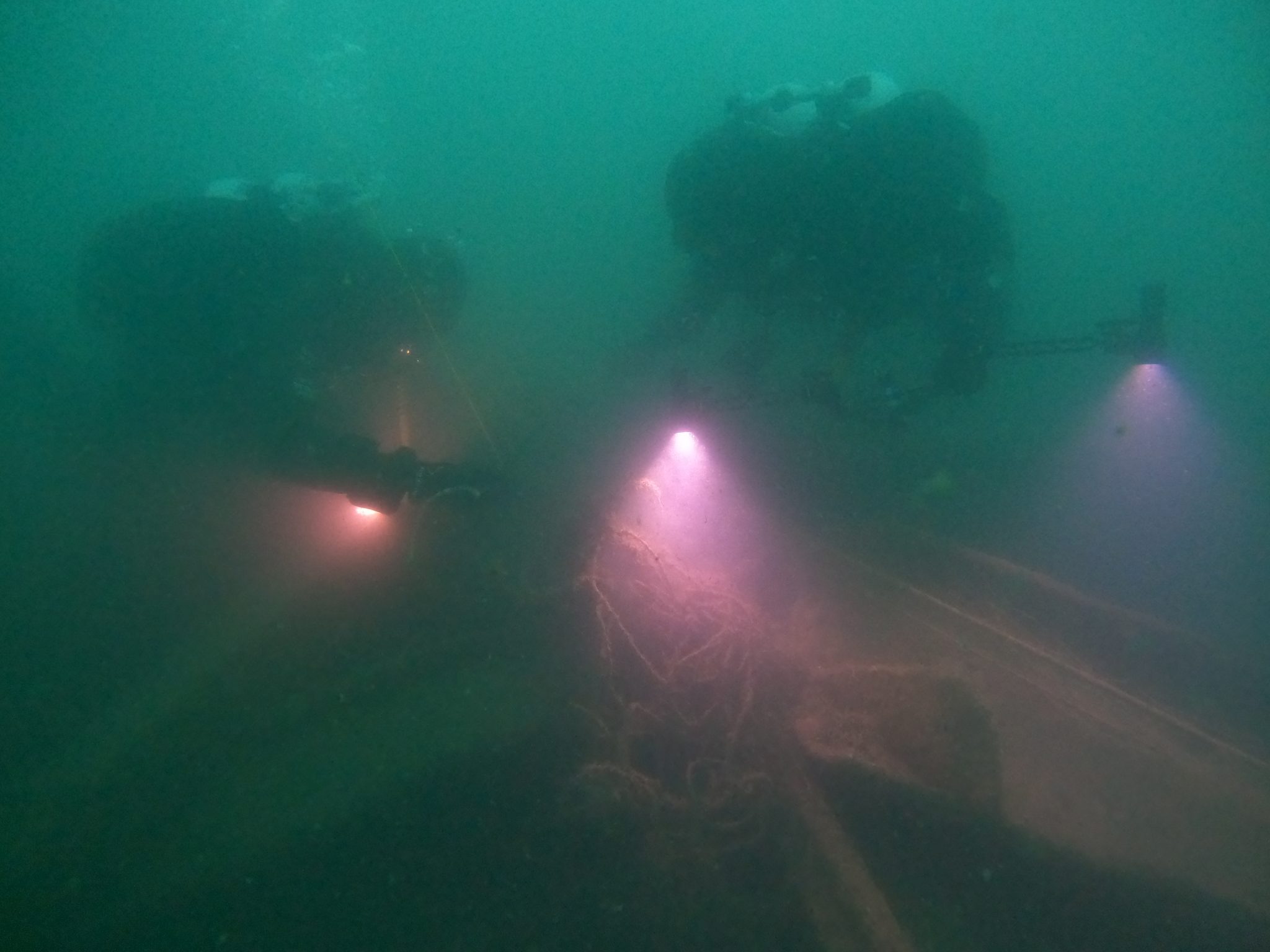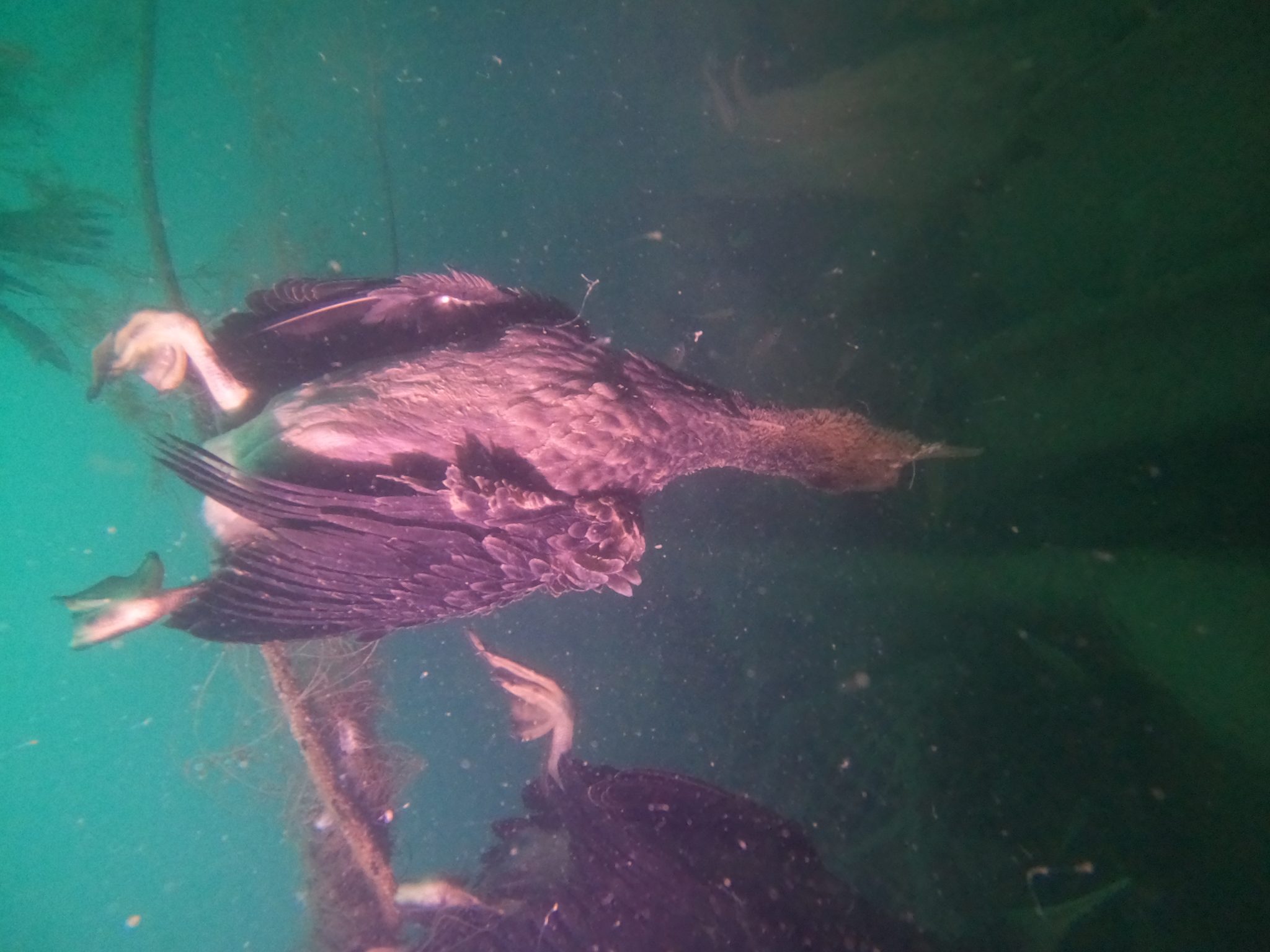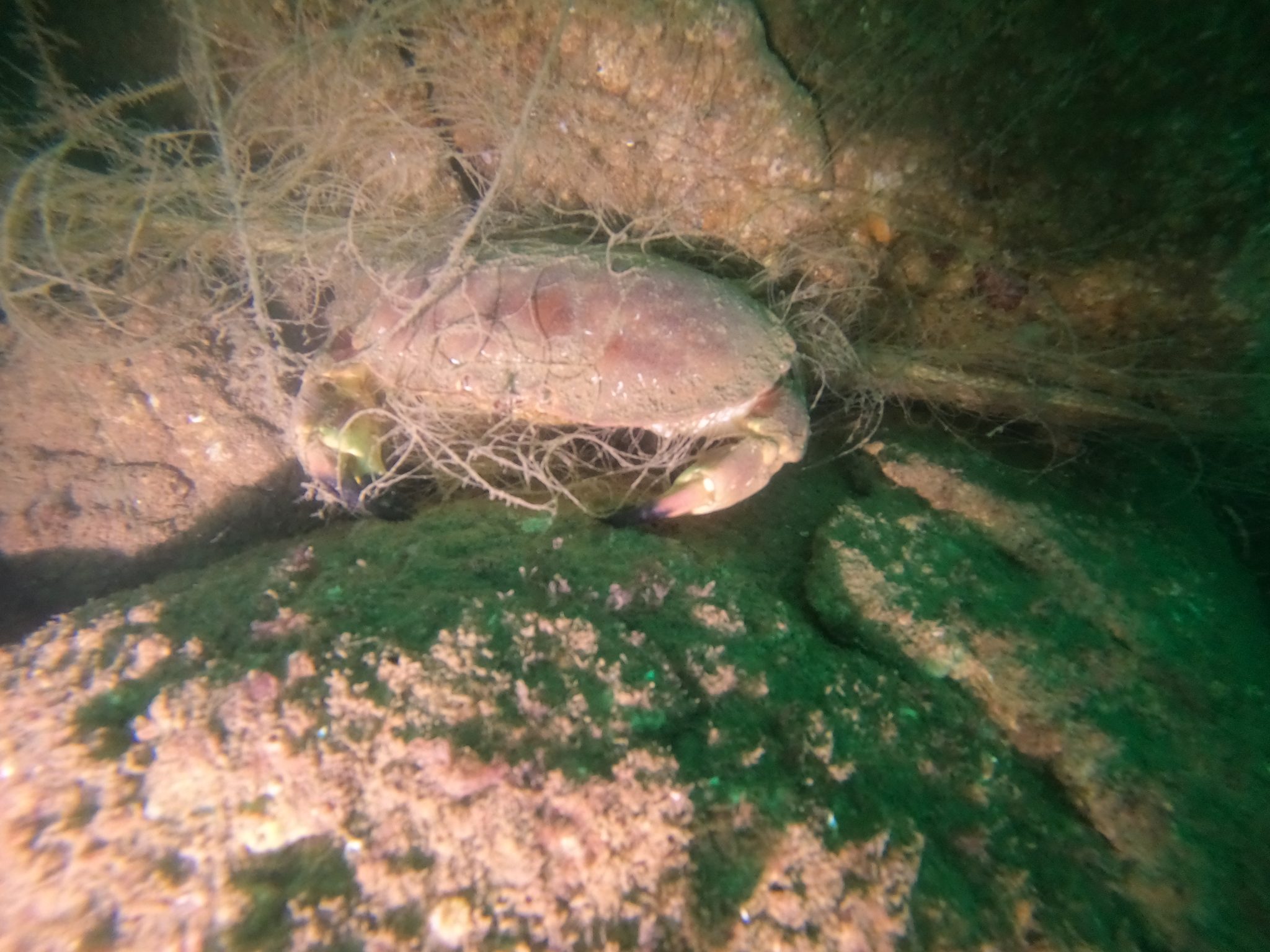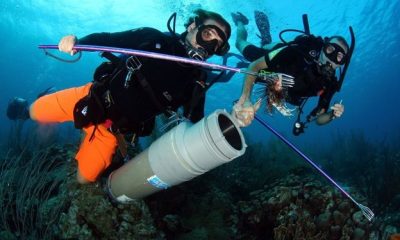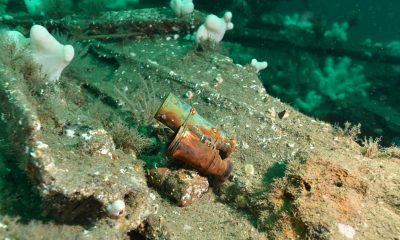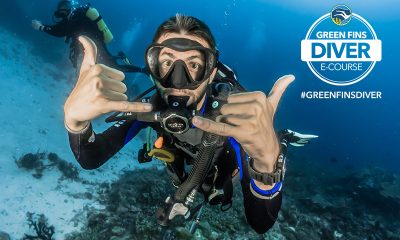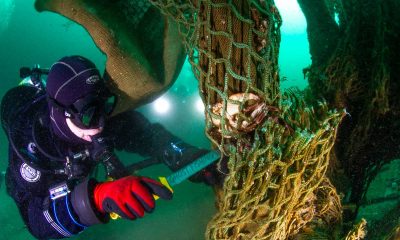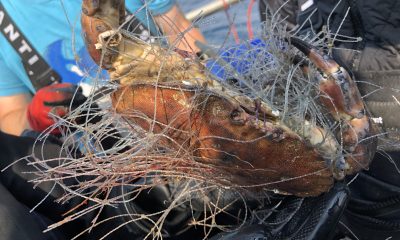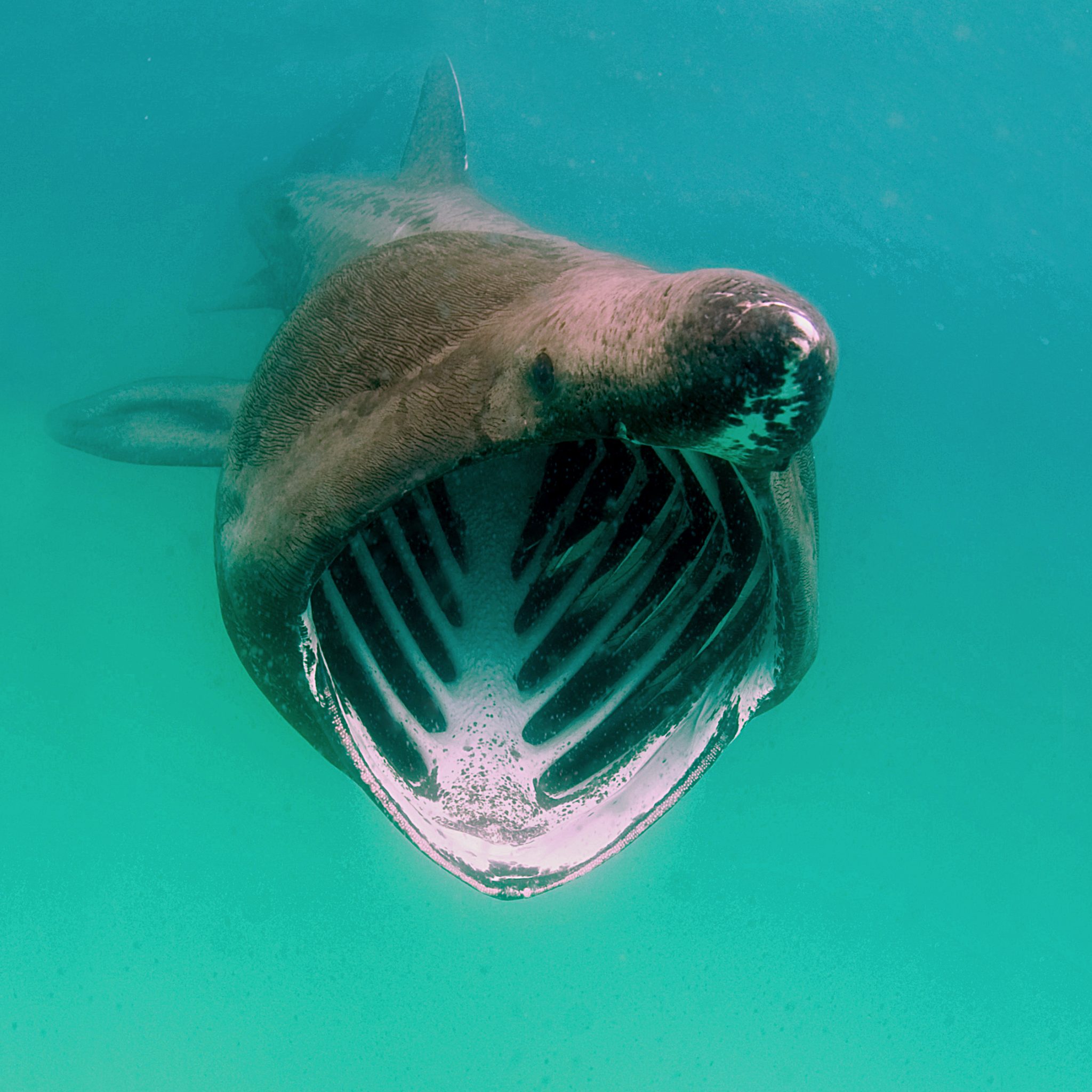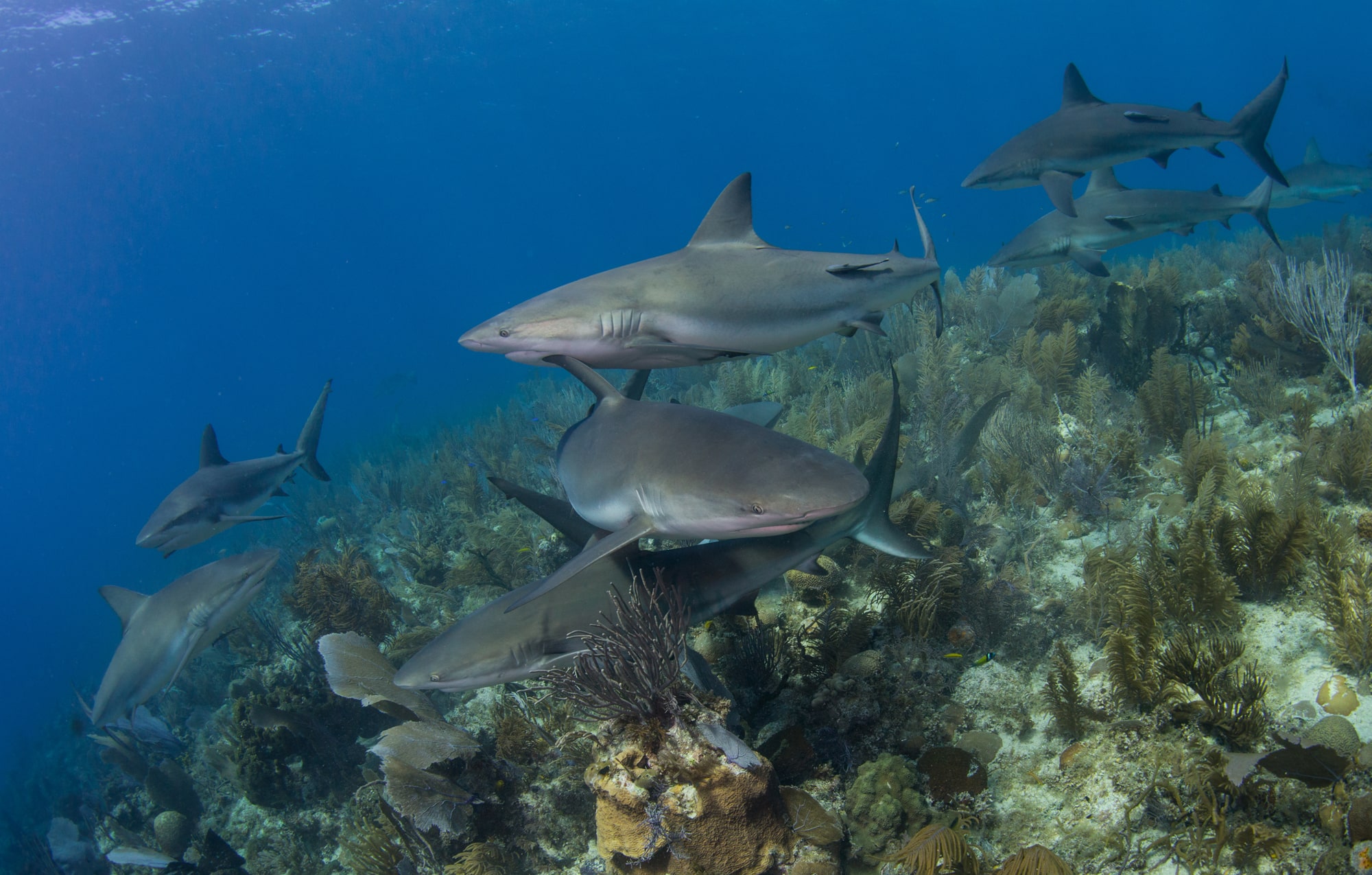Marine Life & Conservation
Charity shocked to discover drowned sea birds caught in ghost nets
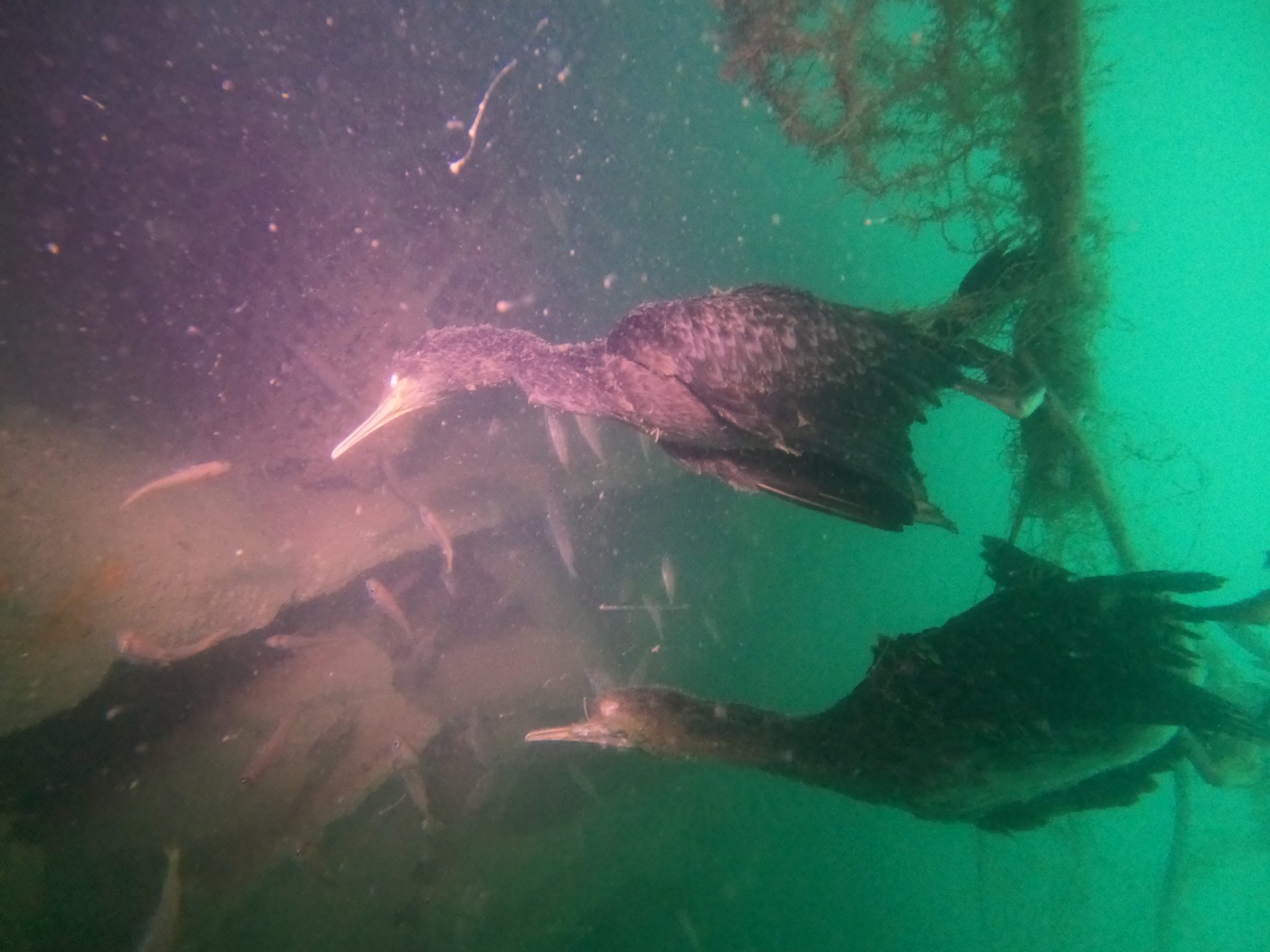
The ocean conservation charity Ghost Fishing UK discovered four drowned sea birds, identified as cormorants, caught up in a lost fishing net in Lyme Bay.
The charity of volunteer scuba divers responds to reports of lost fishing gear known as ‘ghost gear’ from divers and fishermen, by surveying and then removing the lost gear which continues to fish, unseen.
Cormorants are common diving birds that dive beneath the waves to catch their food, but unfortunately can succumb to getting tangled in fishing nets.
Lost fishing gear is a global problem, with an estimated 640,000 lost into the oceans each year. Locally, it can have a significant impact on the local wildlife, ocean habitats and it’s not just fish that succumb to the hidden threat.
Fred Nunn, trustee, and operations officer for the charity explains: “We received reports from Jessica Hannah at Teign dive Centre of a gill net across the wreck of the Galicia, so we quickly put a team together. We were worried about the weather being near the end of season, but we found the net and the trapped animals.”
The divers soon came across four dead cormorants. The diving sea birds were tangled in a lost gill net which was strewn across the breadth of the wreck. The divers also came across a trapped pollack and Ballan wrasse which were both still alive and freed from the net. Edible crabs and lobsters were among the trapped sea life and in total, 11 animals were freed but another 8 had died in the ghost net.
The charity raises money from public donations and campaigns to clean up lost fishing gear from UK waters. This year Ghost Fishing UK won the Sustainability Award at the Fishing News Awards in Aberdeen for their work and cooperation with the fishing community.
Trustee and diver Christine Grosart said: “We are slowly gaining the trust of the fishing community, but we still have a long way to go. Our charity is not anti-fishing, and we want the fishing community to prosper, whilst maintaining a healthy ecosystem. We encourage engagement from the fishermen, and we really want them to tell us when they lose nets like this, so that we can remove them from the sea much sooner and stop the ghost fishing cycle in its tracks”.
Ghost Fishing UK has an online reporting system for both divers and fishermen to report any losses which they can do anonymously.
“In the case of lost strings of pots, we can often get these back to their owners,” Christine explains. “But in the case of nets, these are often too badly damaged to be used again, so we get them recycled where we can.”
It is generally accepted that fishing gear is not lost deliberately and is often the result of storms, snags on the seabed or being run over by other vessels.
Fishermen can report any lost nets to the charity here: www.ghostfishing.co.uk/fishermans-reporting
Jessica Hannah from Teign Diving Centre was very happy to welcome the charity for their first mission on board Seaquest:
“The Galicia is one of our most regularly used dive sites and is full of life. It was heart-breaking to find a ghost net hanging over the wreck and entangling everything that crossed its path – a real killer of a net.” Said Hannah.
“Having Ghost Fishing UK out to clear this away, we’re so thankful for their help with this. Great to know the net can’t harm anything else down there, and we’re all so pleased to have had such a professional organisation to sort it out.”
You can follow the work of Ghost Fishing UK on their YouTube Channel, blogs and across all social media platforms. All donations to the charity go directly into paying for dive boats so the volunteers can continue cleaning up even more ghost gear.
Marine Life & Conservation
Double Bubble for Basking Sharks
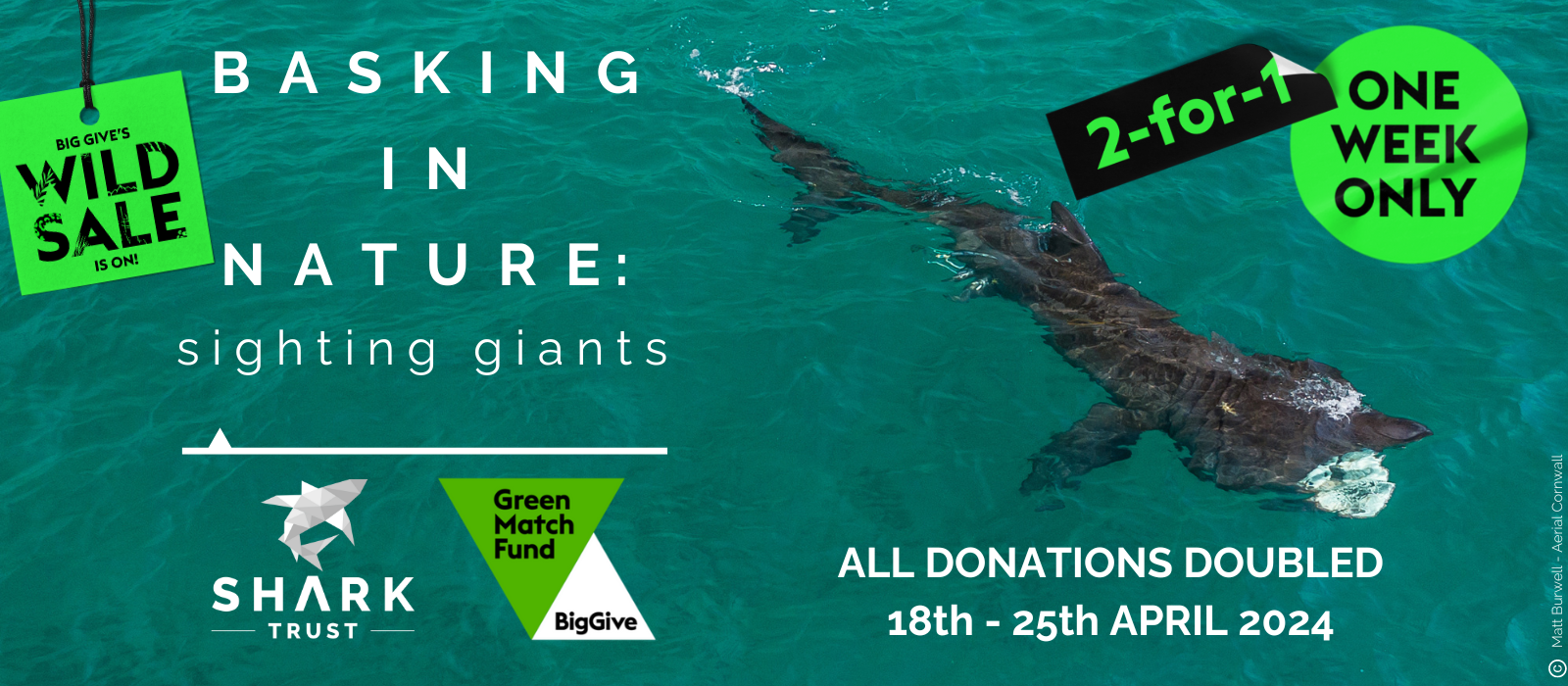
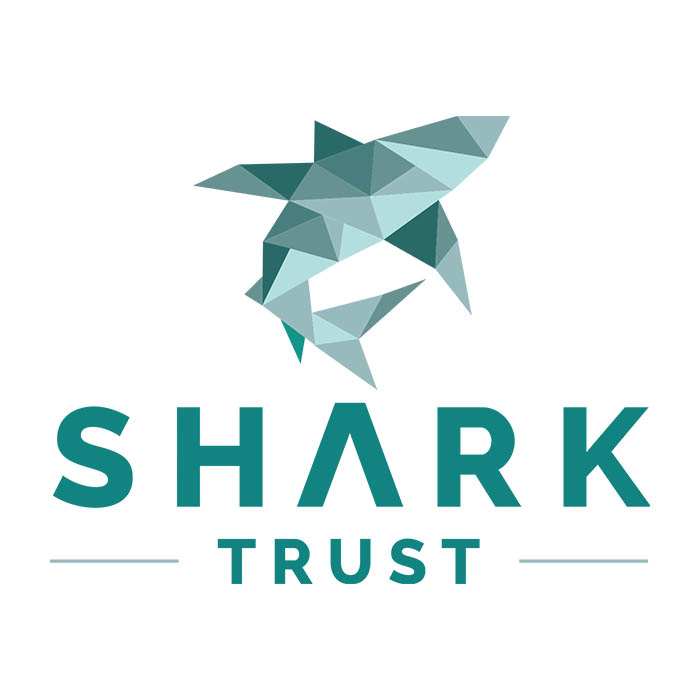 The Shark Trust is excited to announce that, for two more days only, all donations, large or small, will be doubled in the Big Give Green Match Fund!
The Shark Trust is excited to announce that, for two more days only, all donations, large or small, will be doubled in the Big Give Green Match Fund!
Donate to Basking in Nature: Sighting Giants
The Shark Trust is hoping to raise £10k which will be doubled to £20k. This will go towards Basking in Nature: Sighting Giants. And they need YOUR help to reach they’re goal.
The Shark Trust’s citizen science project is to monitor and assess basking sharks through sightings; encouraging data collection, community engagement, and promoting nature accessibility. This initiative aims to enhance health and wellbeing by fostering a deeper connection with British Sharks.
Campaign Aims
- Increase citizen science reporting of Basking Sharks and other shark sightings to help inform shark and ray conservation.
- Provide educational talks about the diverse range of sharks and rays in British waters and accessible identification guides!
- Create engaging and fun information panels on how to ID the amazing sharks and rays we have on our doorstep! These can be used on coastal paths around the Southwest. With activities and information on how you can make a difference for sharks and rays!
- Promote mental wellbeing through increasing time in nature and discovering the wonders beneath the waves!
Donate, and double your impact. Click Here
Marine Life & Conservation
Leading UK-based shark conservation charity, the Shark Trust, is delighted to announce tour operator Diverse Travel as a Corporate Patron
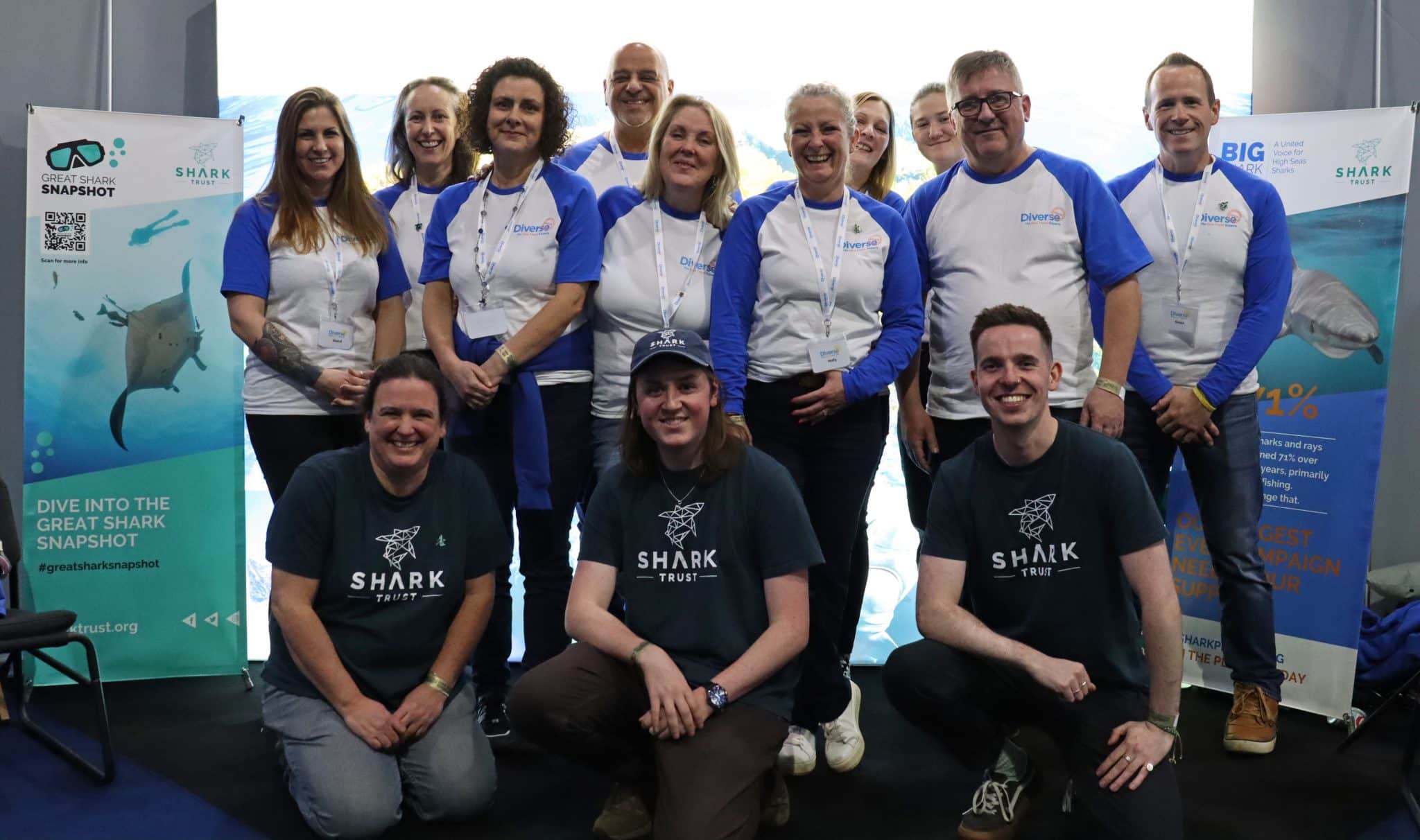
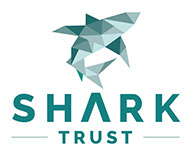 Corporate Patrons provide a valuable boost to the work of The Shark Trust. The Trust team works globally to safeguard the future of sharks, and their close cousins, the skates and rays, engaging with a global network of scientists, policymakers, conservation professionals, businesses and supporters to further shark conservation.
Corporate Patrons provide a valuable boost to the work of The Shark Trust. The Trust team works globally to safeguard the future of sharks, and their close cousins, the skates and rays, engaging with a global network of scientists, policymakers, conservation professionals, businesses and supporters to further shark conservation.
Specialist tour operator Diverse Travel has operated since 2014 and is committed to offering its guests high quality, sustainable scuba diving holidays worldwide. Working together with the Shark Trust will enable both organisations to widen engagement and encourage divers and snorkellers to actively get involved in shark conservation.
“Sharks are truly at the heart of every diver and at Diverse Travel, we absolutely share that passion. There is nothing like seeing a shark in the wild – it’s a moment that stays with you forever!” says Holly Bredin, Sales & Marketing Manager, Diverse Travel.
“We’re delighted to celebrate our 10th year of business by becoming a Corporate Patron of the Shark Trust. This is an exciting partnership for Diverse and our guests. We will be donating on behalf of every person who books a holiday with us to contribute towards their vital shark conservation initiatives around the world. We will also be working together with the Trust to inspire divers, snorkellers and other travellers to take an active role – at home and abroad – in citizen science projects and other activities.”
Paul Cox, CEO of The Shark Trust, said:
“It’s an exciting partnership and we’re thrilled to be working with Diverse Travel to enable more divers and travellers to get involved with sharks and shark conservation. Sharks face considerable conservation challenges but, through collaboration and collective action, we can secure a brighter future for sharks and their ocean home. This new partnership takes us one more valuable step towards that goal.”
For more information about the Shark Trust visit their website here.
For more about Diverse Travel click here.
-
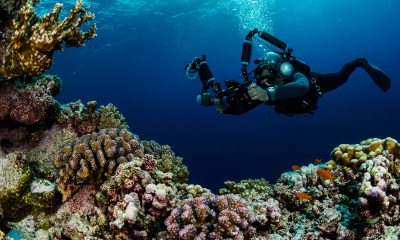
 News3 months ago
News3 months agoHone your underwater photography skills with Alphamarine Photography at Red Sea Diving Safari in March
-
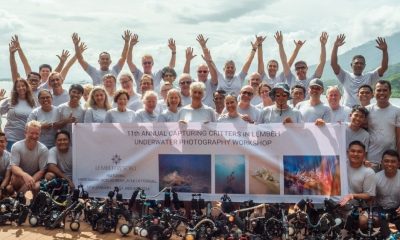
 News3 months ago
News3 months agoCapturing Critters in Lembeh Underwater Photography Workshop 2024: Event Roundup
-
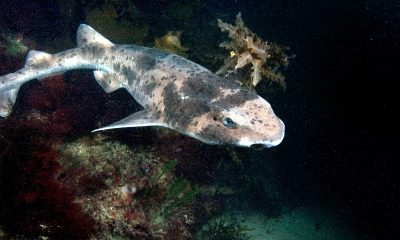
 Marine Life & Conservation Blogs2 months ago
Marine Life & Conservation Blogs2 months agoCreature Feature: Swell Sharks
-
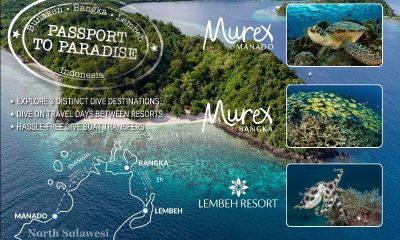
 Blogs2 months ago
Blogs2 months agoMurex Resorts: Passport to Paradise!
-
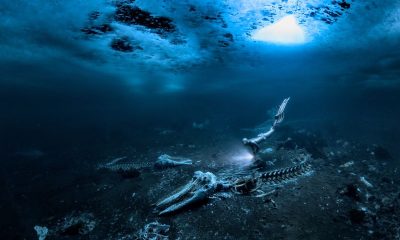
 Blogs2 months ago
Blogs2 months agoDiver Discovering Whale Skeletons Beneath Ice Judged World’s Best Underwater Photograph
-

 Gear Reviews2 months ago
Gear Reviews2 months agoGear Review: Oceanic+ Dive Housing for iPhone
-
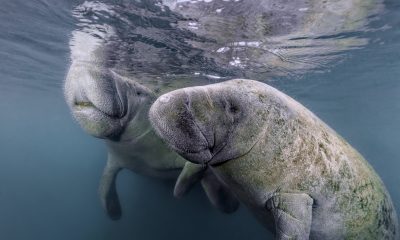
 Marine Life & Conservation2 months ago
Marine Life & Conservation2 months agoSave the Manatee Club launches brand new webcams at Silver Springs State Park, Florida
-
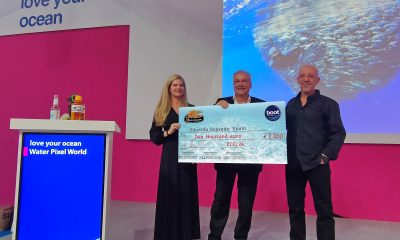
 News3 months ago
News3 months agoWorld’s Best Underwater Photographers Unveil Breathtaking Images at World Shootout 2023


